This is an adventure not a science or engineering experiment but I keep on coming across unknowns.
For example, why did it cost 8 for a single espresso in Lausanne and only 3.60 for a doppio (double) in Pavia?
How do I gauge and control my calorie intake to match the energy needed to cycle?
Who knows these unknowns?
Another thing that’s been on my mind on this adventure has been rolling resistance. I won’t bore you with too many of my manic thoughts but frankly, rolling resistance has far more important consequences than tiring me out (sic).
It came to a head today when we cycled a segment of EuroVelo 5 that is NOT ready for prime time and is in fact, very dangerous. Sure, some of it’s only a proposed route but since there are no signs anywhere, cyclists are being put into hazard by the existence of EV5 maps.
Three complex issues factor into my rolling resistance thoughts. Smoother tyres have lower rolling resistance and require less pedal effort to propel a bike. Smooth roads ditto. Narrow tyres, ditto again. Cracked road surfaces increase resistance and very cracked roads offer additional pinching and trapping hazards for narrow tyres. Other road users don’t always know these things so when cyclists have to avoid the damaged edges of roads, they put themselves in harm’s way. Let’s not mention cobbles.
But here’s another thing. Electric vehicles are so heavy they are known to be damaging the roads. Less widely known, their tyres are wearing out faster due to the weight they carry, the torque they generate and the variability of road surfaces. Golfers know that a stimpmeter is used to measure the speed of putting surfaces, so called greenspeed. Why aren’t roads metered for rolling resistance and road builders required to meet specific rolling resistance standards? And if they are, and I’ve read 2017 documents suggesting such standards, why don’t the public see the labels on the roads? Noise, wet skid, lifespan and rolling resistances need to be labelled.
What’s your point, you say? Particulates is the point. I read a report in 2020 that suggests tyres are the micro-pollutants from hell. Just as sugar is the new nicotine, tyre particles may be the new exhaust fume. Worse, sugar and tyre particles may be even more deadly than the two health hazards I suggest they are replacing. More on sugar another day.
Back to the cycle. It was 30 centigrade this after afternoon as we cycled into a wind and climbed up 300 m from the Toro River to our B&B. We only covered 62 km today, saving our legs for tomorrow when we need to climb up another 750 metres before lunch else the heat will destroy us.
The better segments of the EuroVelo 5 cycle route will take us into Tuscany, up and across the Appenines through the Cisa pass. And on Aulla.
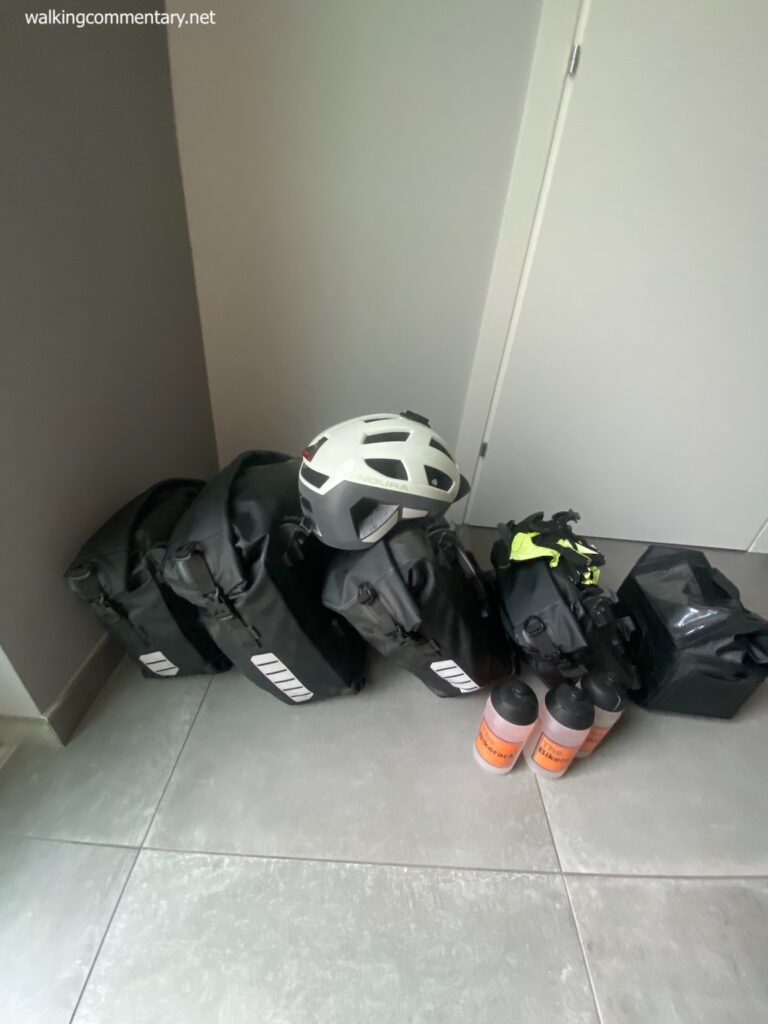
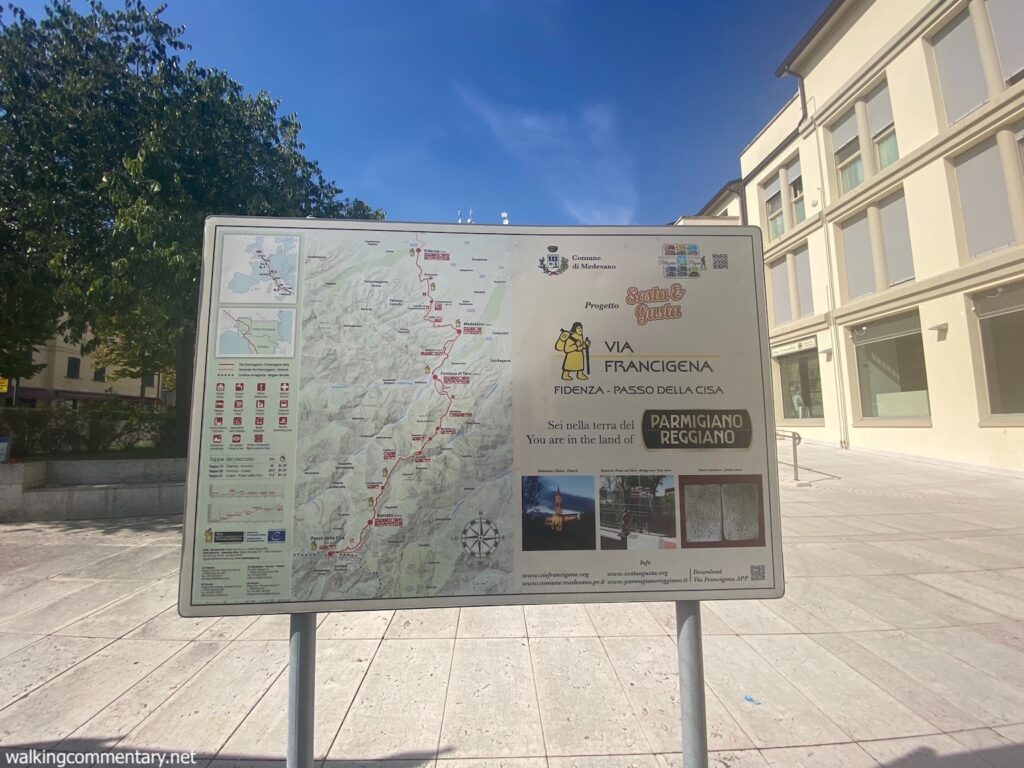
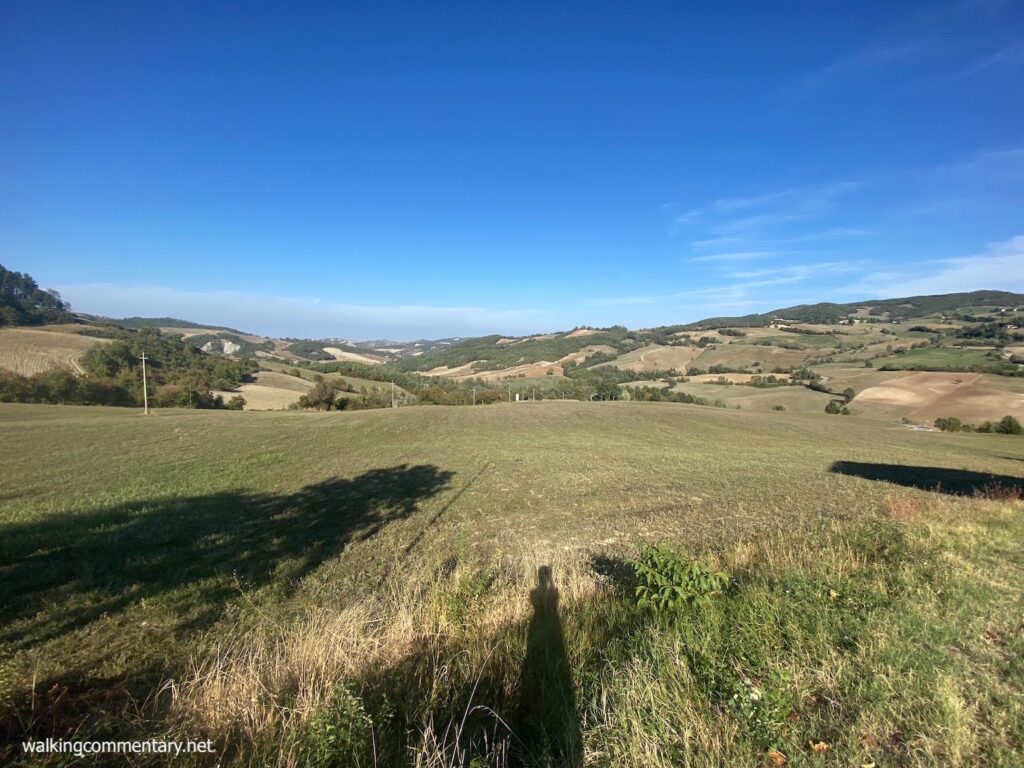
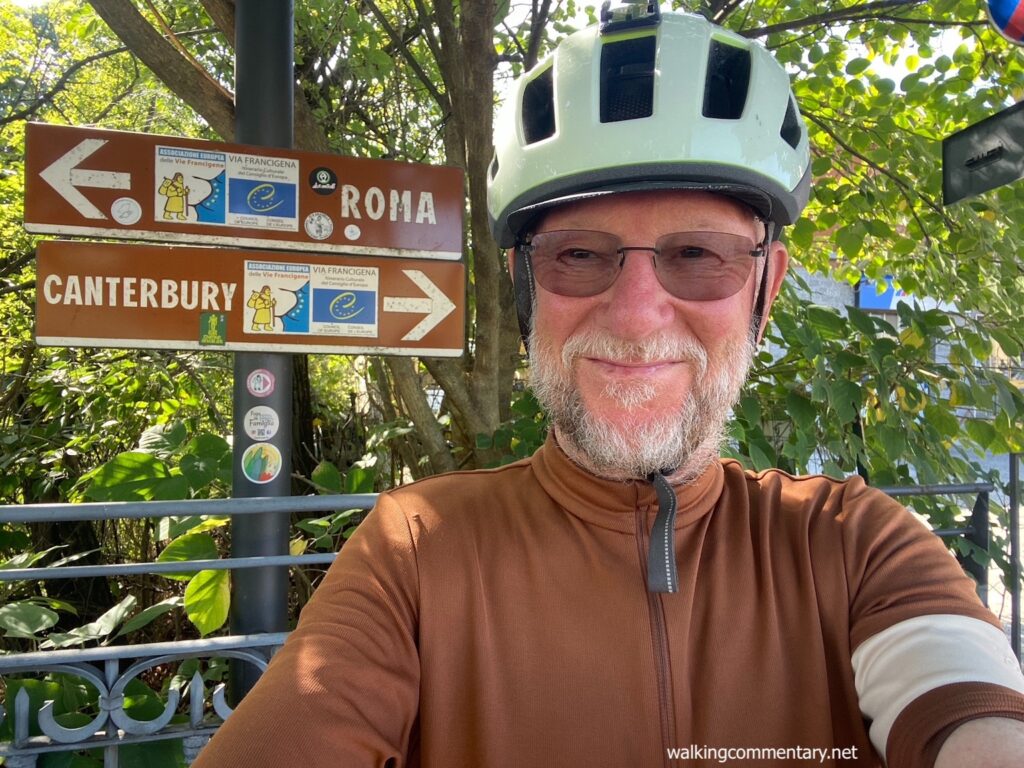

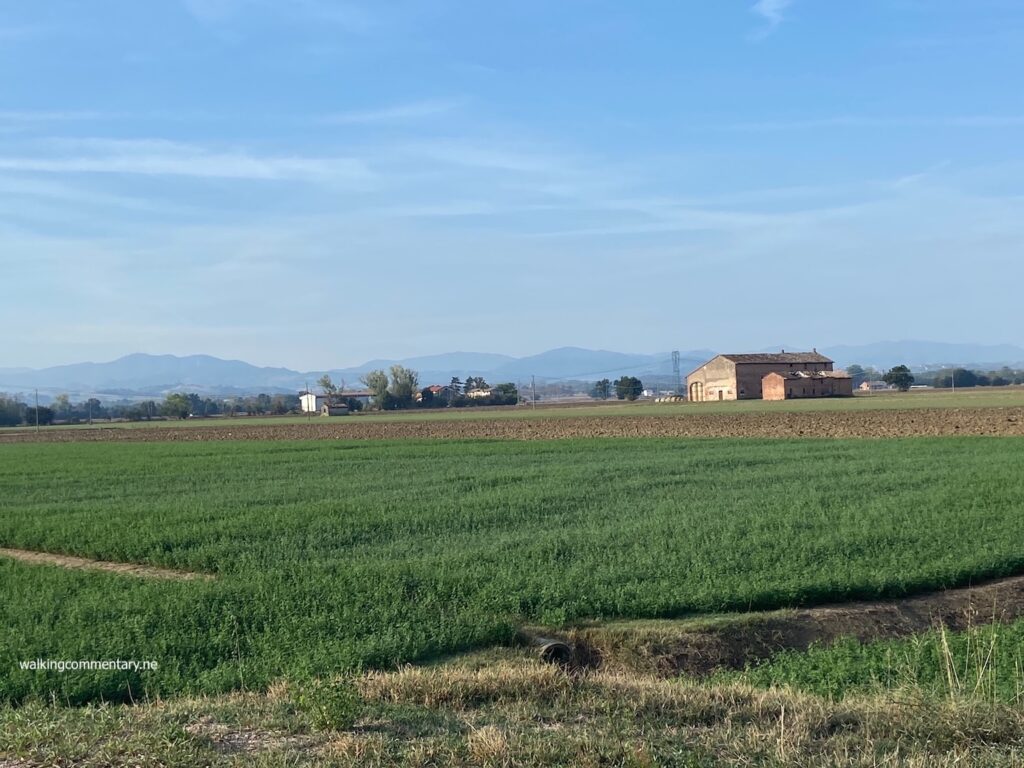
Leave a Reply